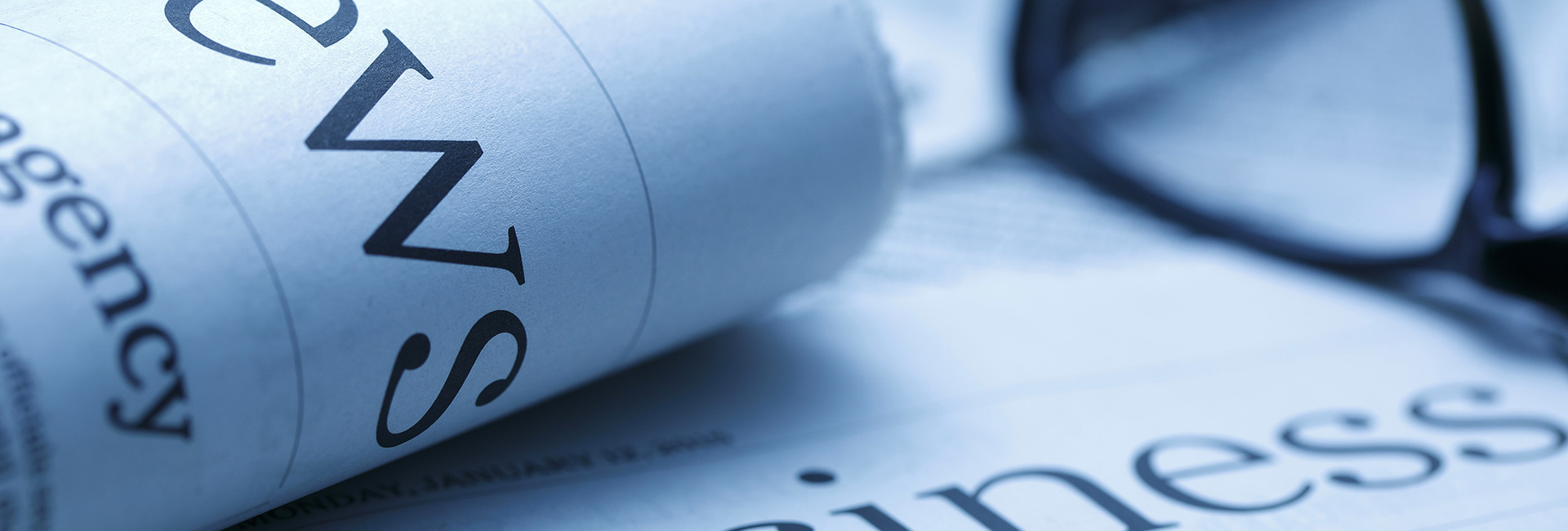The Versatile World of Steel Plates: A Comprehensive Guide
Jun 10,2025
Introduction to Steel Plates
Ah, steel plates! Those shiny, strong sheets that are the backbone of so many industries. If you think about it, they’re everywhere—from the bridges we cross to the vehicles we drive. So, let’s dive into the nitty-gritty of steel plates and uncover the secrets behind their versatility!
What Exactly Is a Steel Plate?
In layman's terms, a steel plate is a flat piece of steel that is typically thicker than a sheet. They come in various sizes and thicknesses, making them suitable for a multitude of applications. But, why are they so popular, you ask? Well, it boils down to their durability, strength, and ability to withstand environmental stressors!
Types of Steel Plates
Now, steel plates aren’t just one-size-fits-all. No, no! There are several types, each tailored for specific needs:
- Carbon Steel Plates: These are the workhorses of the steel plate world. Known for their strength and affordability, they’re commonly used in construction and manufacturing.
- Stainless Steel Plates: Want to avoid rust? Then stainless steel plates are your best bet. They’re ideal for kitchen appliances, medical instruments, and any application where corrosion is a concern.
- Alloy Steel Plates: These plates are mixed with other elements to enhance certain properties. Think of them as the customizable option—perfect for specialized applications!
- AR Steel Plates: Short for Abrasion Resistant, these plates are designed to handle heavy wear and tear, making them perfect for mining and heavy machinery.
Applications of Steel Plates
So, where do we see these mighty steel plates in action? Well, brace yourself! Here’s a quick list of their common applications:
- Construction: From beams to frameworks, steel plates are fundamental in building structures.
- Automotive: Cars, trucks, and even motorcycles rely on steel plates for their frames and bodies.
- Shipbuilding: Ahoy! Steel plates are essential in constructing ships, ensuring they’re seaworthy and strong.
- Manufacturing Equipment: Machines used in factories often incorporate steel plates for durability.
Benefits of Using Steel Plates
Let’s face it, not all materials are created equal. Here are some reasons why steel plates reign supreme:
- Longevity: Steel plates have a long lifespan, often outlasting other materials.
- Cost-Effectiveness: While they can be an investment upfront, their durability saves money in the long run.
- Versatility: With various types available, steel plates can suit any need, from industrial to domestic.
- Recyclability: Steel is one of the most recycled materials on the planet, making it an environmentally friendly choice.
Challenges in the Steel Plate Industry
Of course, it’s not all rainbows and sunshine. The steel plate industry faces its share of challenges:
- Price Fluctuations: The market can be volatile, affecting costs for manufacturers and consumers.
- Environmental Impact: Steel production can be resource-intensive, leading to scrutiny over its carbon footprint.
Conclusion
To wrap it up, steel plates are the unsung heroes of modern industry. Their versatility, strength, and durability make them indispensable across various sectors. So, the next time you see a structure or vehicle, take a moment to appreciate the steel plates that make it all possible. Who knew a simple sheet of steel could have such a profound impact on our lives?
CONTACT US








